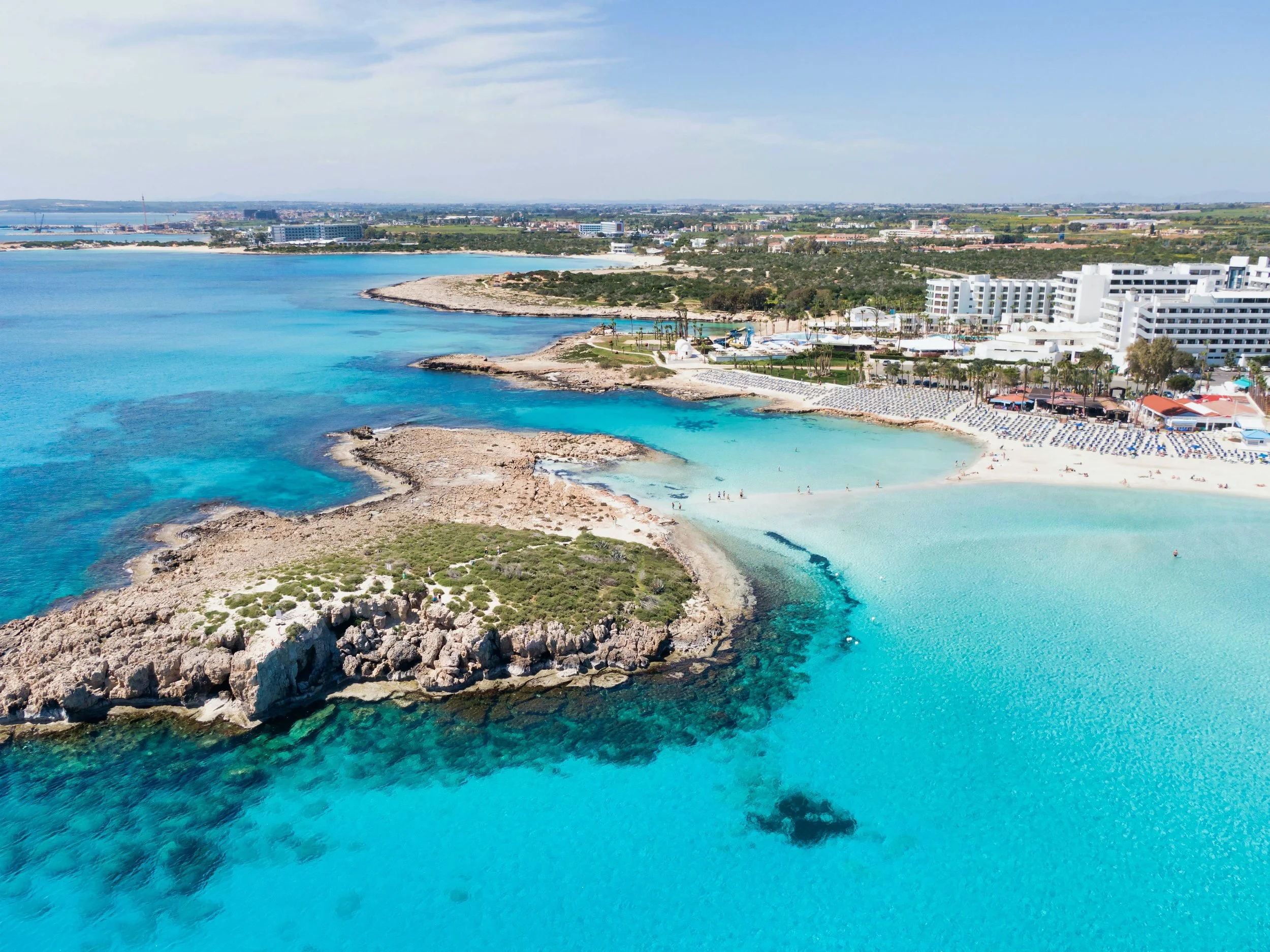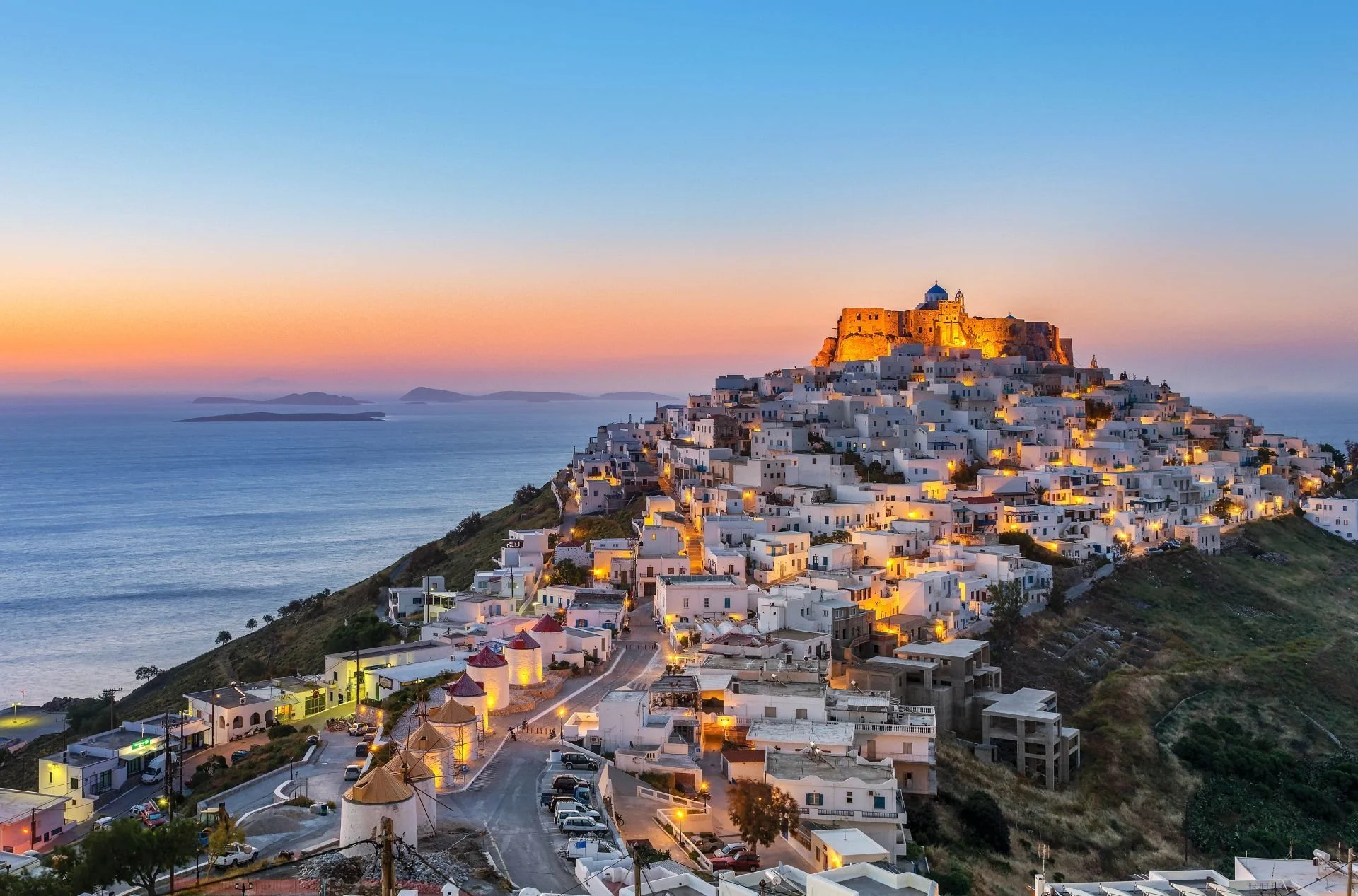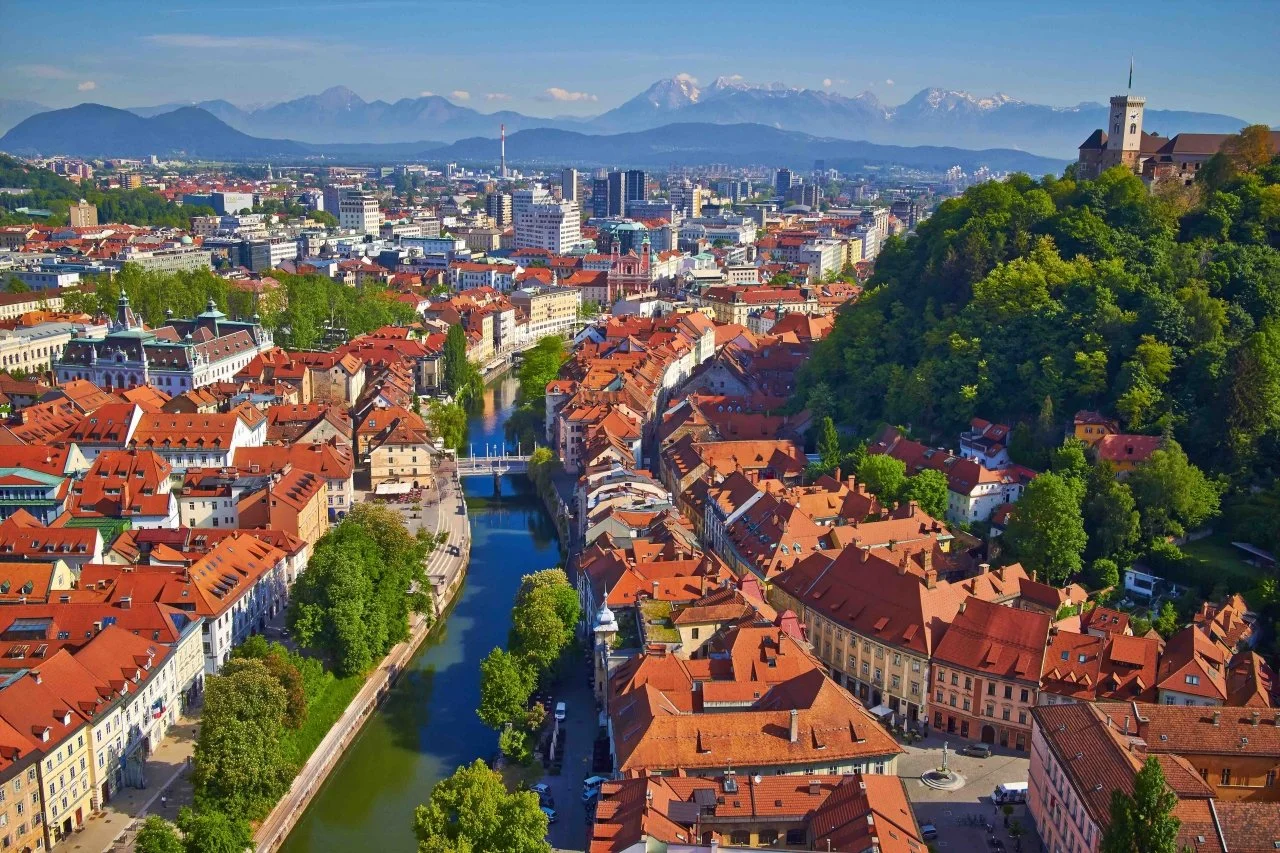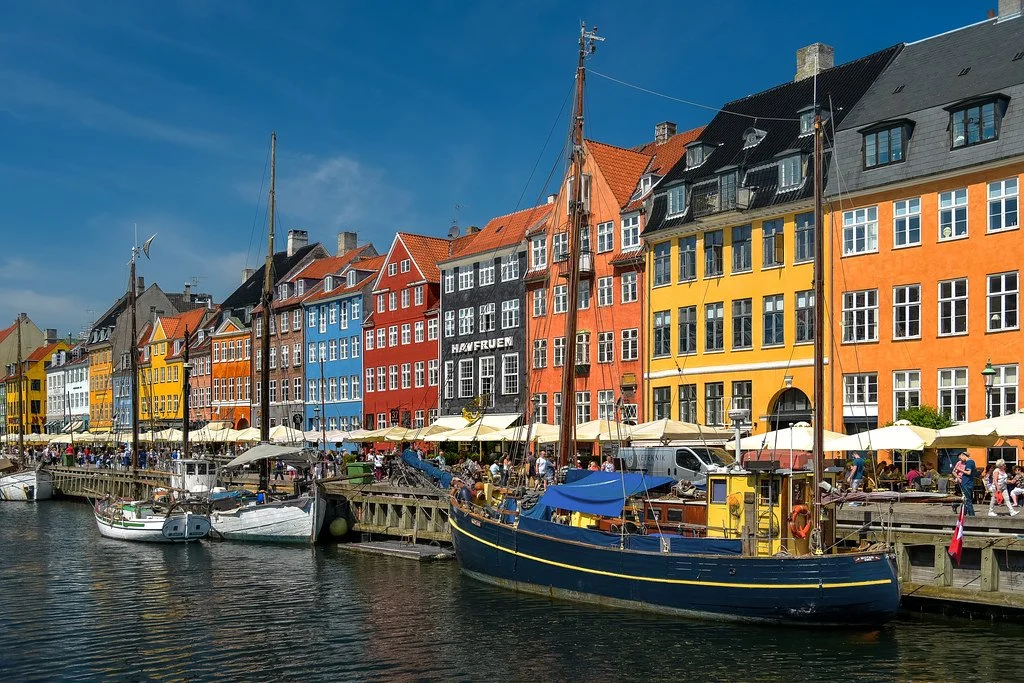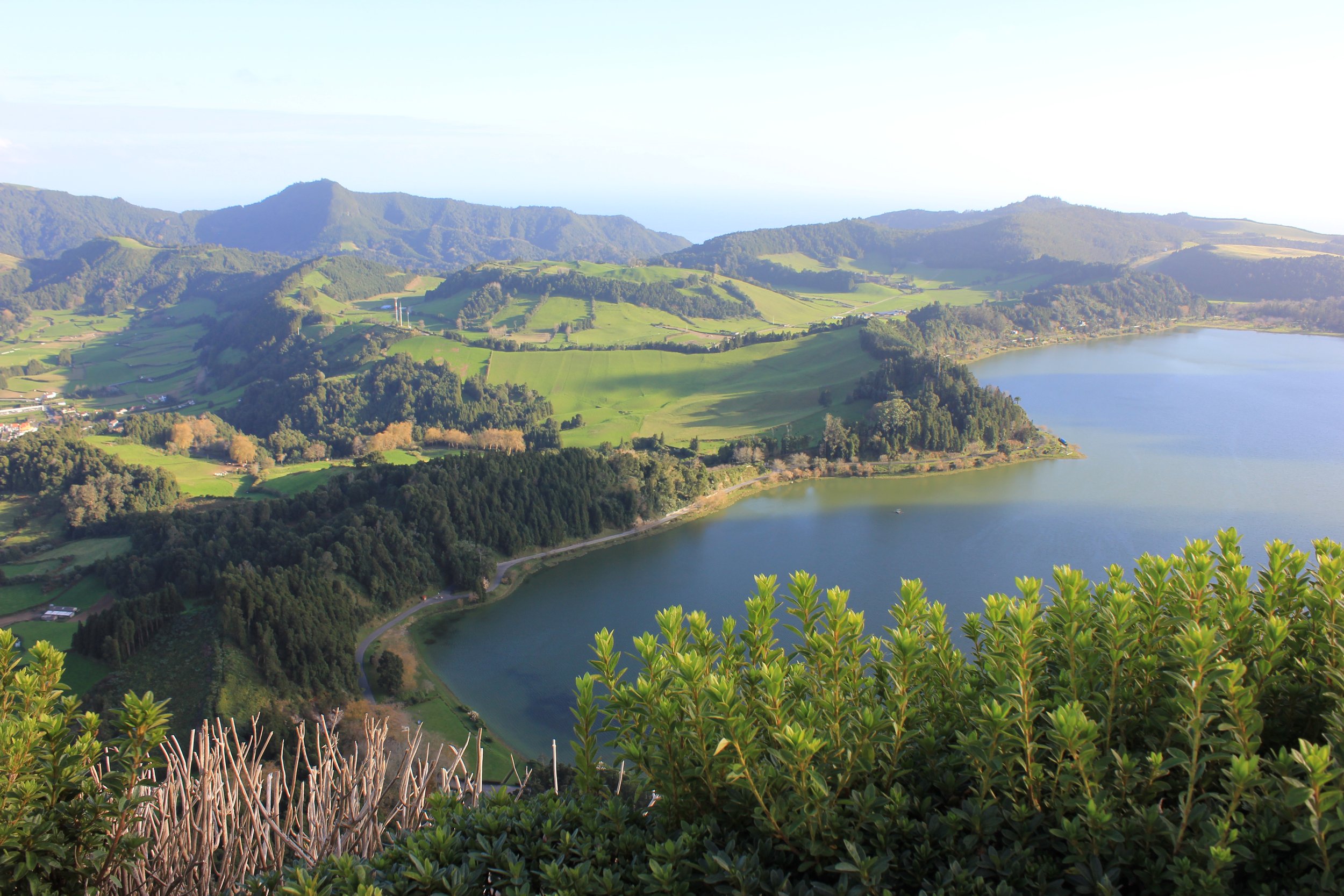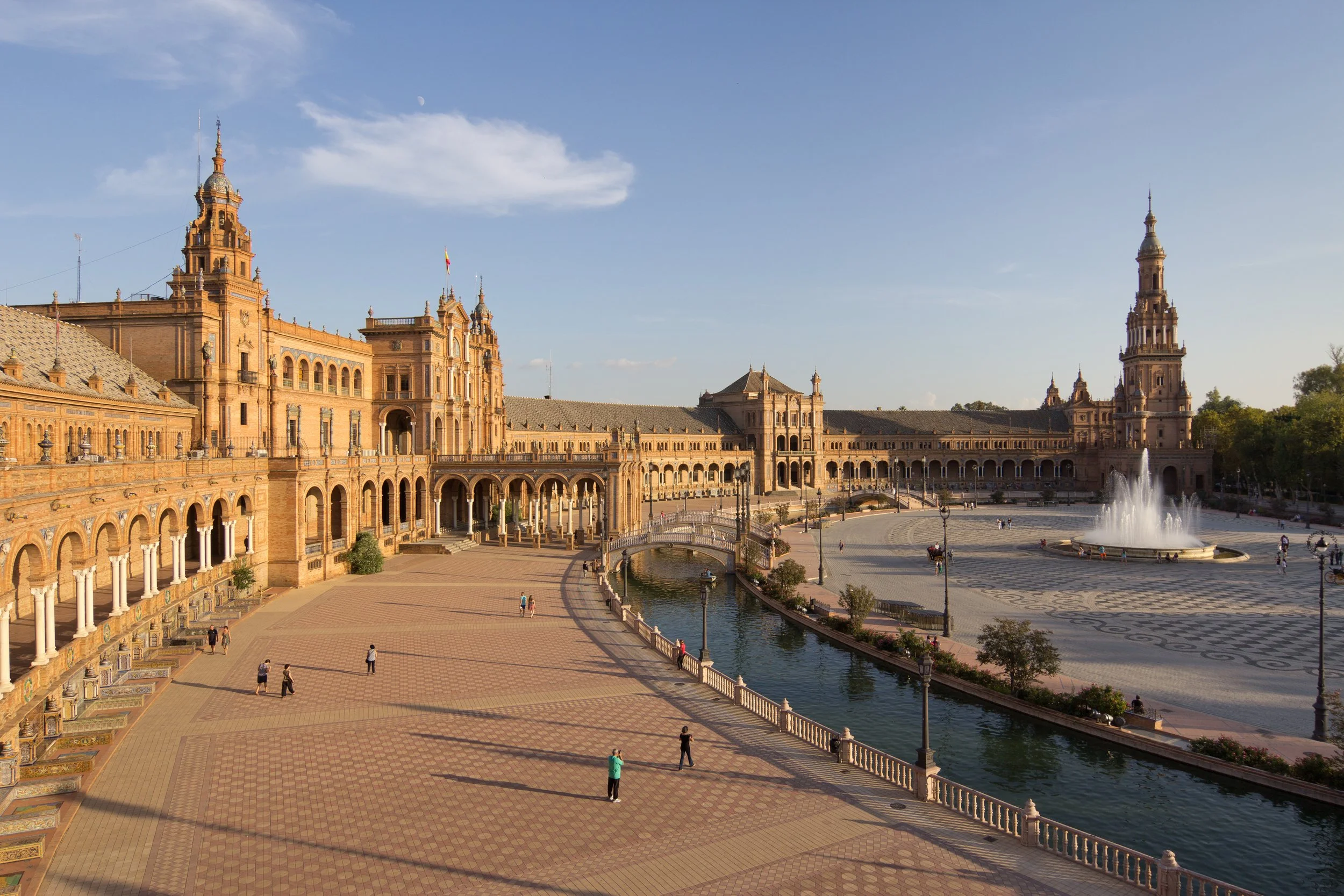6 European Destinations to Travel to in Summer 2023
Manarola, Italy. Photo cred: @alexanderramsey
When it comes to traveling, there are few things that excite the Passport Heavy team more than good weather, great vibes, and amazing company. And what better time and place to experience all of these than during a European summer? With its stunning turquoise waters and rugged Atlantic coastline, Europe is home to countless destinations that will take your breath away. So, without further ado, let's dive into some of the best European beach destinations to travel to in the summer of 2023. In addition to giving the typical Euro-trip solutions for summer travels, I wanted to add a few unique recommendations that you may not have considered.
Photo cred: @namzo
Things to consider before you plan Your trip
But before we get into the nitty-gritty, it's important to consider a few things when choosing your destination. Firstly, think about the climate. Are you a fan of warm weather or do you prefer a cooler climate? Consider the time of year you're traveling and how comfortable you are with heat/cold. Secondly, what attractions/activities/things to do are important to you? Are you a museum buff or do you prefer hiking through nature? Are there festivals or events happening while you're there that would make it worth visiting? Lastly, safety considerations are crucial. Is the city safe enough for solo/group travelers without feeling like they need an escort at all times? How much crime does this place have compared to other cities nearby? Keep these points in mind to ensure a smooth and enjoyable trip.
The Best European Destinations to Travel to in Summer 2023
1. Cyprus
Nissi beach, Ayia Napa, Cyprus
In my opinion, Cyprus is a hidden gem in the Mediterranean that is often overlooked by travelers, but it's a destination worth considering for a summer getaway. With its warm weather, crystal-clear waters, and breathtaking scenery, Cyprus is the perfect destination for those seeking a unique and memorable travel experience.
The island has some of the most stunning beaches in the Mediterranean, with a variety of options for every type of traveler. For example, Nissi Beach in Ayia Napa is a popular destination for young travelers and partygoers, while Fig Tree Bay in Protaras is perfect for families with its shallow waters and kid-friendly amenities.
Cyprus also boasts a variety of attractions that are sure to captivate visitors. History buffs can explore the ancient archaeological sites of Paphos, such as the Tombs of the Kings dating back to the 4th century BC. Those interested in museums can visit Nicosia, which offers a range of exhibits. Of course, it may be challenging to pull oneself away from the beautiful coastal spots like Nissi and Aphrodite’s Beach.
Traveling to Cyprus is easy, with two main airports in Larnaca and Paphos served by both legacy and budget airlines. Visitors can also opt for ferry services from Greece and Turkey. Don't miss out on the opportunity to experience Cyprus's warm climate and diverse attractions.
2. Dodecanese Islands, Greece
photo cred: Geeka.com
Greece has four main islands: Athens (the capital), Santorini (a popular tourist destination), Mykonos (another popular tourist destination), Crete (home of Knossos) and Rhodes (known for its historical sites). However, one hidden gem not many people think about is the Dodecanese Islands.
Here you’ll be able to eat some of the freshest halloumi, go island hopping, drink chilled wine and witness glorious sunsets. The Dodecanese archipelago, located in the Aegean Sea, comprises twelve of the largest and most well-known islands, as well as over one hundred smaller islets. The islands usually boast gorgeous weather around 25 degrees (77°F), with the best time to visit being after the Easter Holidays.
Each of these islands has its unique charm, along with crystal-clear waters and all the diverse landscapes you could want. So whether you prefer a remote, volcanic experience like in Nisyros, an affordable sun-drenched resort in Kos, or a blend of culture, heritage, and beaches on the largest island, Rhodes, the Dodecanese Islands has it all.
3. Ljubljana, Slovenia
Ljubljana is an excellent destination to visit during the European Summer. The city offers a compact and charming capital along with a variety of stunning nature day trips located right on its doorstep.
Although Ljubljana is no longer a hidden gem in Europe, it is still not as crowded as neighboring Venice or Dubrovnik during the Easter school holidays.
The city center is pedestrianized, making it a pleasure to explore. Visitors can relax at a wine bar along the canal banks, where they can try the locally produced Zelen grape, known for its delectable taste. Climbing up to the castle that towers over the city or strolling amidst the colorful facades of independent stores are other enjoyable activities that make it challenging not to fall under Ljubljana's charm.
Moreover, with a considerable university population and several trendy coffee and wine bars located in the city center, a night out in Ljubljana is guaranteed to be a great time.
4. Copenhagen, Denmark
If you’re after less beach vibes and more history and culture, Copenhagen is among the top European cities to visit in summer 2023, especially as the temperatures start to warm up and the days get longer. Rainy weather is less likely during this time of year, and if it does happen, there are over 50 superb museums in Copenhagen and nearby to keep visitors entertained.
During a weekend city break, visitors can explore various architectural marvels such as Christiansborg Palace, one of Denmark's royal residences, and the Kastellet, a well-preserved fortress. Moreover, the Louisiana Museum of Modern Art is a standout among the many exceptional museums in the city.
Copenhagen was designated as the World Capital of Architecture by UNESCO in 2023, so visitors can enjoy cycling around the city while appreciating its modern architecture. Additionally, the colorful canals of Nyhavn and Tivoli Gardens, a vast amusement park that opened in 1843, are other popular attractions.
Furthermore, visiting Copenhagen before the summer season means that accommodation prices are typically lower, which is particularly welcome given the high travel expenses in Scandinavia.
5. São Miguel Island, Azores, Portugal
Portugal is a popular tourist destination during summer in Europe, with many visitors heading to Lisbon and Porto for city breaks or to the Algarve for its stunning beaches. However, for those seeking something different, the Azores archipelago, consisting of nine islands located in the Atlantic between Canada and the continent, is one of the best places to visit in Europe during this month.
Each island in the Azores has its unique charm, but São Miguel, the largest of the group and considered the capital, offers a perfect introduction for first-time visitors. The island is an adventure paradise defined by its volcanic terrain and boasts activities such as hiking to the Boca do Inferno viewpoint to enjoy panoramic views of a two-color volcanic lake, surfing near black sand beaches, and experiencing the geothermal activity of Furnas.
The Azores also offer plenty of opportunities for canyoning adventures, wildlife spotting, and waterfall exploration, making it the perfect destination to enjoy the great outdoors after the winter season.
To explore the island easily, it's advisable to rent a car. Alternatively, group tours are a great option, especially for adventure activities. A recommended local operator is Futurismo, which offers a reasonably priced one-week adventure tour covering all the highlights, including whale and dolphin watching while showing respect for the environment.
6. Seville, Spain
Seville is one of the best places to visit during your European summer, especially if you want to celebrate Easter in a unique way. The Holy Week celebrations, known as Semana Santa, are a highlight of the city's festivities, with processions taking place throughout the week. These processions involve carrying statues of Virgins through the streets, and the event is considered one of the most captivating in Spain. The evening processions, in particular, are hauntingly beautiful.
In addition to the Easter celebrations, Seville hosts its annual Feira in April, which is one of the country's most famous festivals. The event, which has been celebrated since 1846, features fireworks, stalls, flamenco and equestrianism, and a mini-city is built especially for the occasion. Although the casetas (tiny houses) are private to specific families or groups, some public zones allow visitors access.
Apart from the April celebrations, Seville offers various attractions throughout the year. Visitors can enjoy a flamenco show, visit the Alcázar of Seville, a fortress-turned-palace with plenty of patios, or climb to the top of the towering cathedral for panoramic views of the city.
Overall, Seville is an exciting destination to visit in April, offering a unique cultural experience through the Semana Santa celebrations and a festive atmosphere through the Feira.



